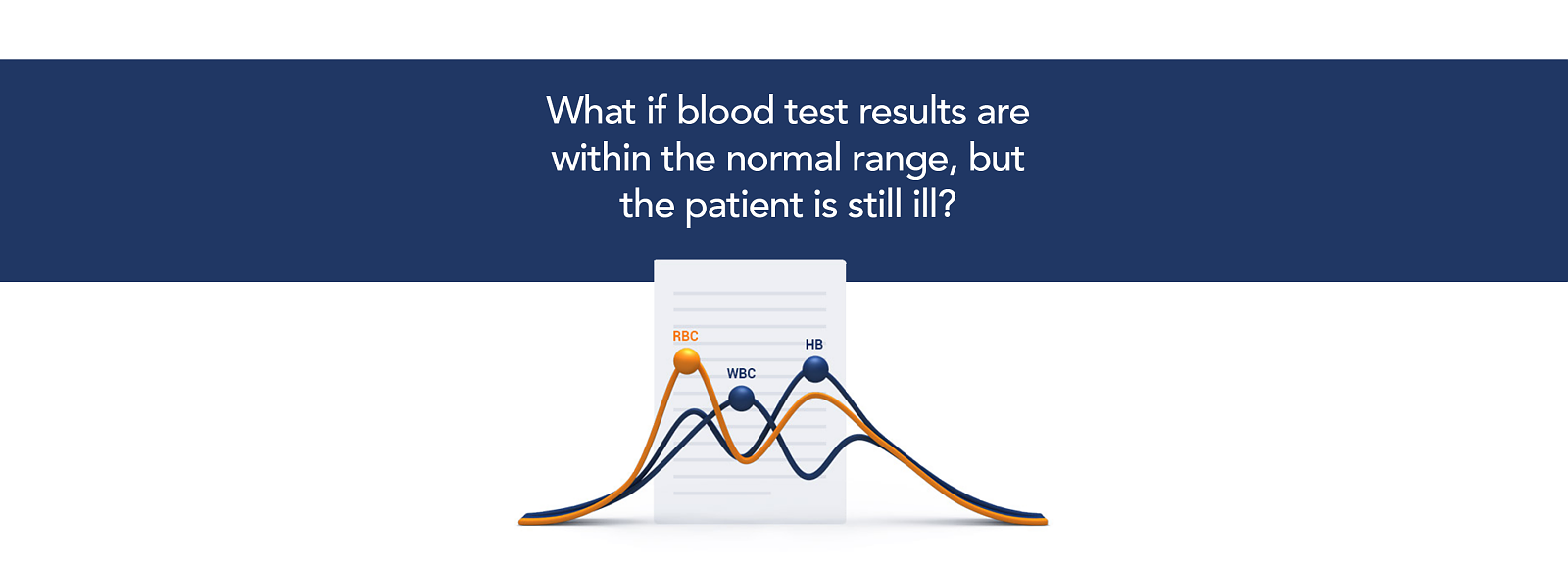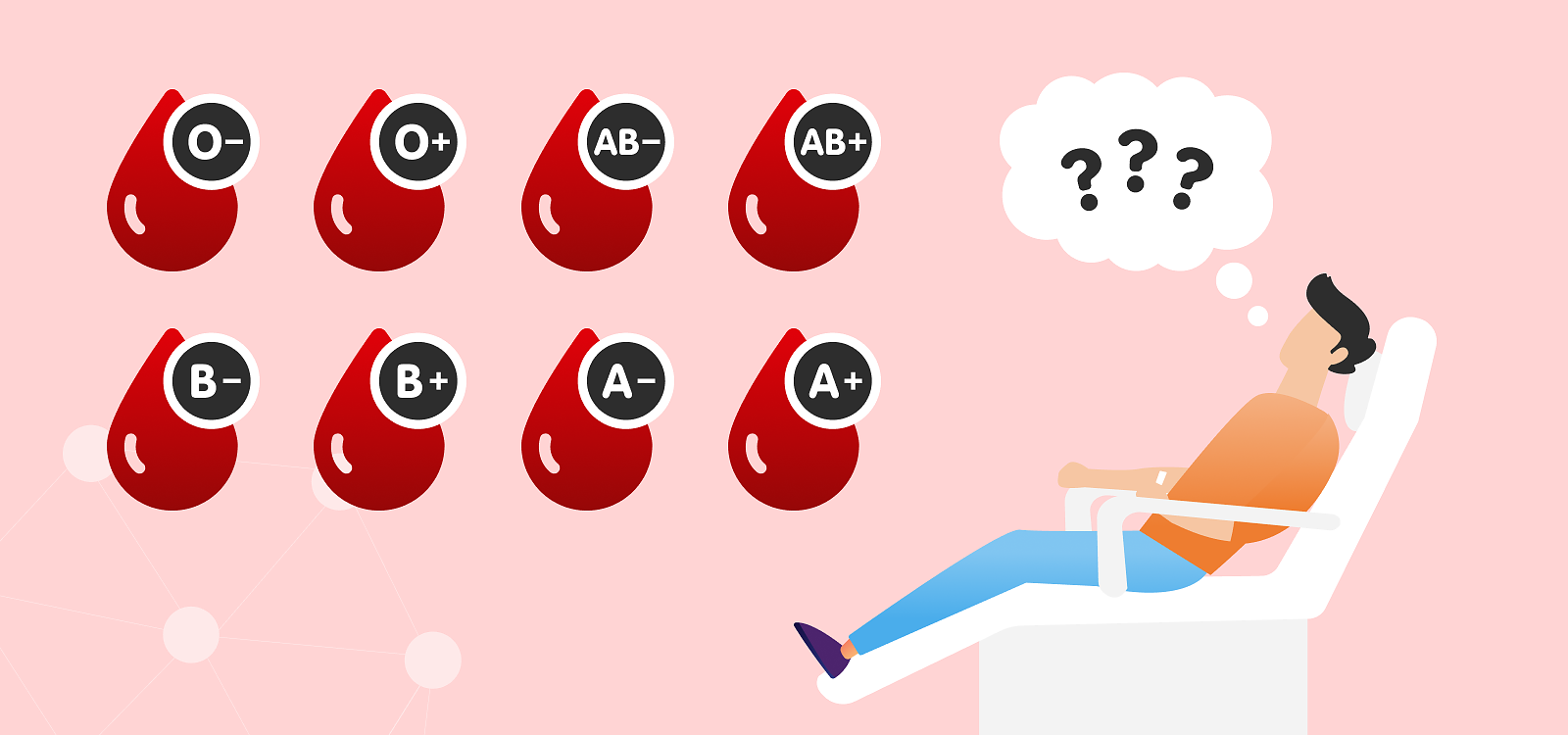Parameter Tuesday: UREA
In protein and amino acid metabolism, urea is the final degradation product. It is formed in the liver, where nitrogen from ammonia is combined with other elements. Urea travels in your bloodstream from the livers to the kidneys, where it is filtered out of the blood. Urea is removed from the body in urine. Historically, the urea blood test was referred to as blood urea nitrogen (BUN) or urea nitrogen. The determination of the concentration of urea in blood is used to help evaluate kidney function, to help diagnose different liver or kidney diseases, to assess hydration status or to monitor the effectiveness of dialysis. The test is usually included in a panel with other measurements. Most often, urea is measured together with creatinine to assess kidney function.
An elevated concentration of urea in your blood or azotemia is divided into three categories: prerenal, renal and postrenal. High levels of urea in the blood caused by prerenal conditions mean the volume of blood delivered to the kidneys is decreased, and therefore less urea is filtered out and released in urine. This can be caused by heart failure, dehydration, or haemorrhage. A high protein diet and some medications are also included in prerenal causes for elevated urea levels. Renal causes for elevated urea concentration in the blood are connected to kidney problems such as acute or chronic kidney failure. Finally, urinary tract obstructions such as stones, tumours, or an enlarged prostate are postrenal causes for high urea concentrations in blood.
Decreased urea concentration is less common and is less concerning than elevated levels. It is usually connected to low protein intake or liver disease. Urea levels can decrease also in late pregnancy and infancy due to increased protein synthesis.






